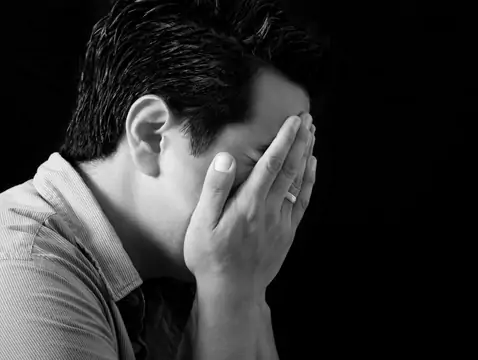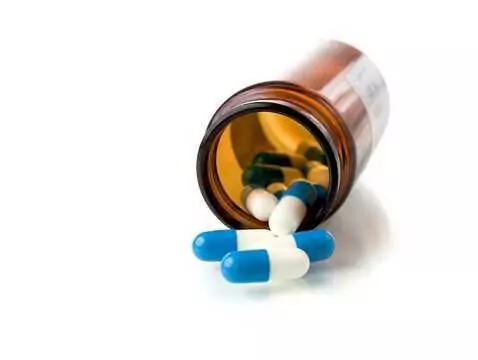Nothing haunts us like the things we haven't bought. Shopping is an activity we cannot imagine functioning without - it is a natural part of our day. Successful shopping is often a source of joy and "hunting" for the things we dream of and at great prices is a personal success, a source of pride, boosts our mood and self-confidence. Innocent and highly enjoyable shopping, however, can insidiously develop in a very dangerous direction, leading to the problem of shopping addiction or shopaholism.
Ad:









